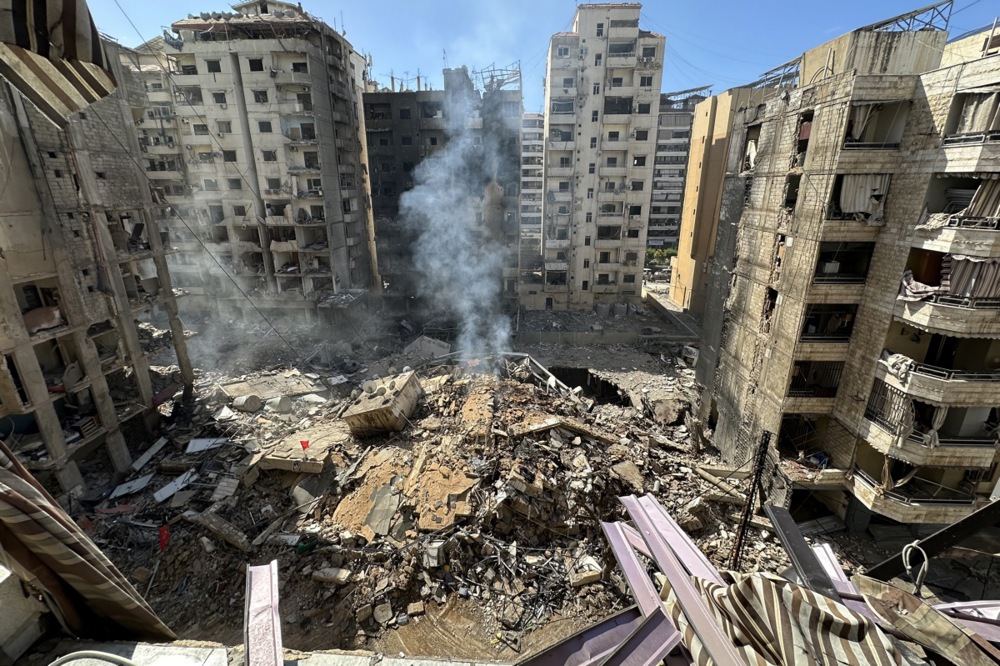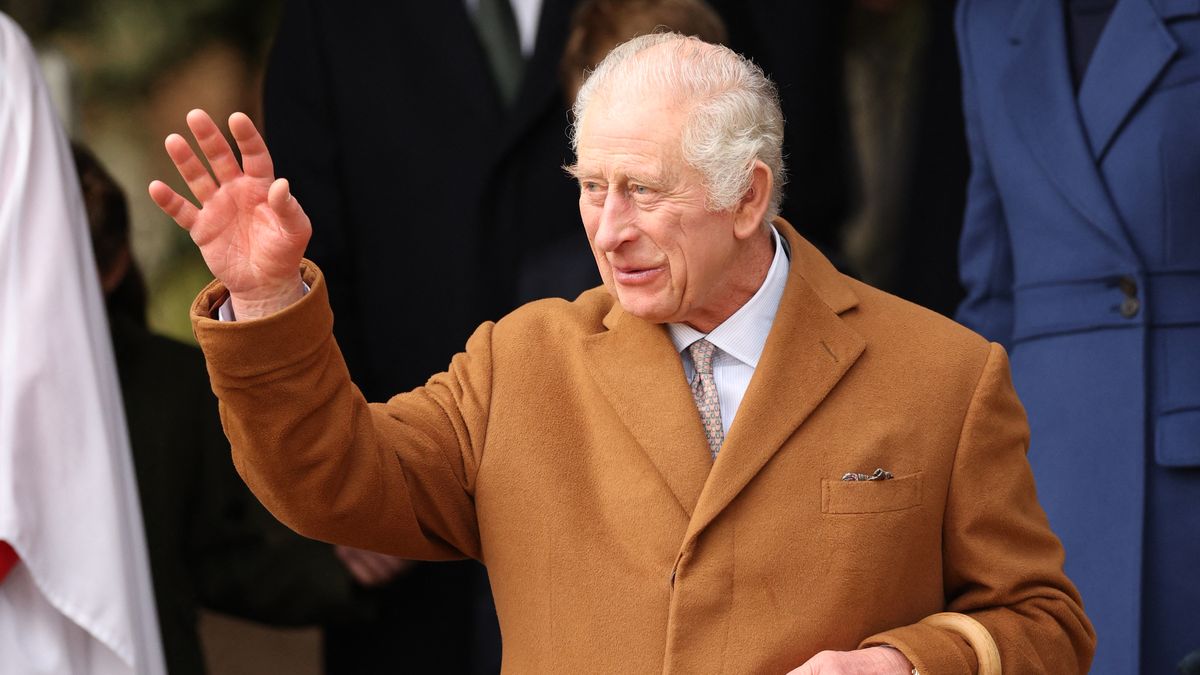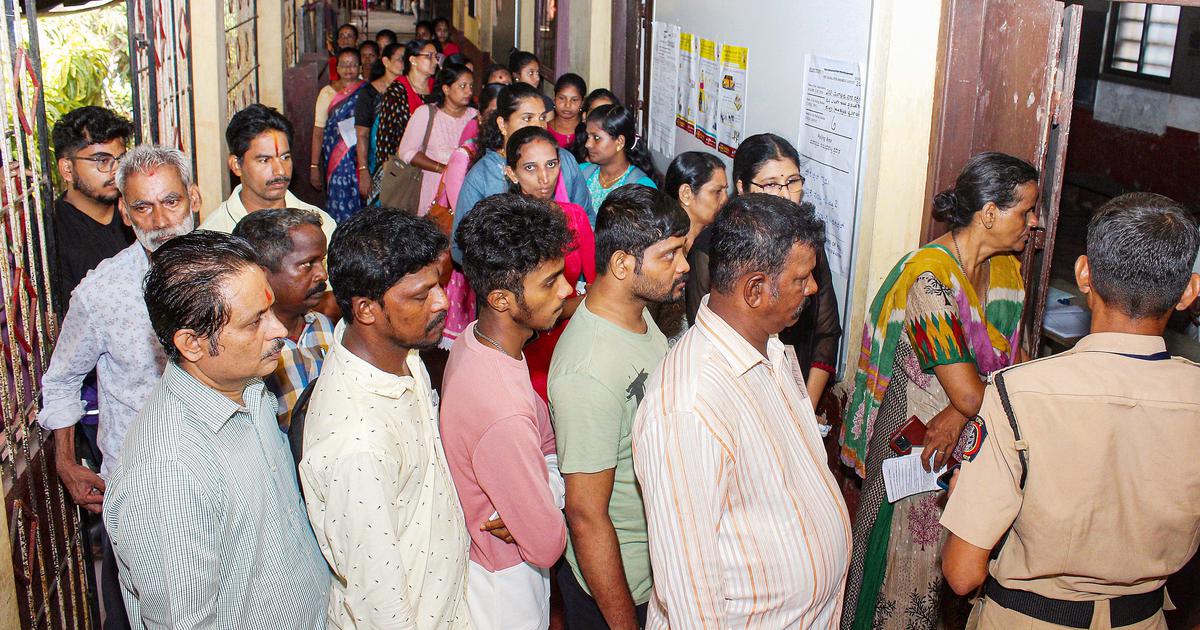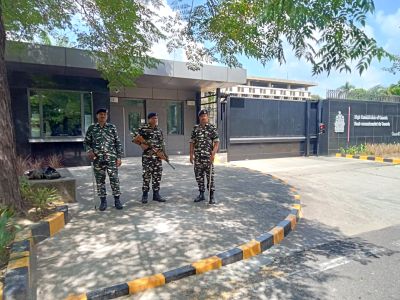Escalating Tensions: Israeli Strikes in Gaza After Overnight Attack

On December 4, 2024, Israeli forces launched airstrikes on Deir al-Balah in central Gaza, leaving behind significant destruction and a rising death toll. The attack, part of the ongoing conflict between Israel and Hamas, targeted what Israeli authorities claim were militant positions. However, the strikes have also devastated civilian infrastructure, with entire neighborhoods reduced to rubble and families displaced or grieving lost loved ones.
In the aftermath, Palestinians were seen combing through the wreckage, searching for survivors and belongings amidst the chaos. This has become an all-too-common scene in Gaza, where the population endures repeated cycles of violence and destruction. Humanitarian organizations have expressed alarm over the deteriorating situation, calling for urgent measures to protect civilians and ensure access to essential aid.
The escalating violence has drawn widespread international attention. Various human rights groups and global organizations have accused Israel of using disproportionate force in heavily populated areas, leading to civilian casualties. The situation has reignited debates about the responsibility of military powers to avoid harm to non-combatants and the broader humanitarian implications of prolonged conflict.
Meanwhile, Gaza remains on the brink of a humanitarian crisis, with access to basic necessities such as clean water, electricity, and medical supplies severely limited. The ongoing blockade and repeated military operations have left the region’s infrastructure in tatters, compounding the suffering of its population.
As the violence continues, calls for a ceasefire and renewed diplomatic efforts have intensified. However, with tensions running high on both sides, a resolution seems distant. For the residents of Deir al-Balah and Gaza at large, the immediate priority remains survival and recovery amidst the rubble, even as the world watches and debates the path forward in this enduring conflict.
Posted By: Abhitosh
.gif)
.gif)








